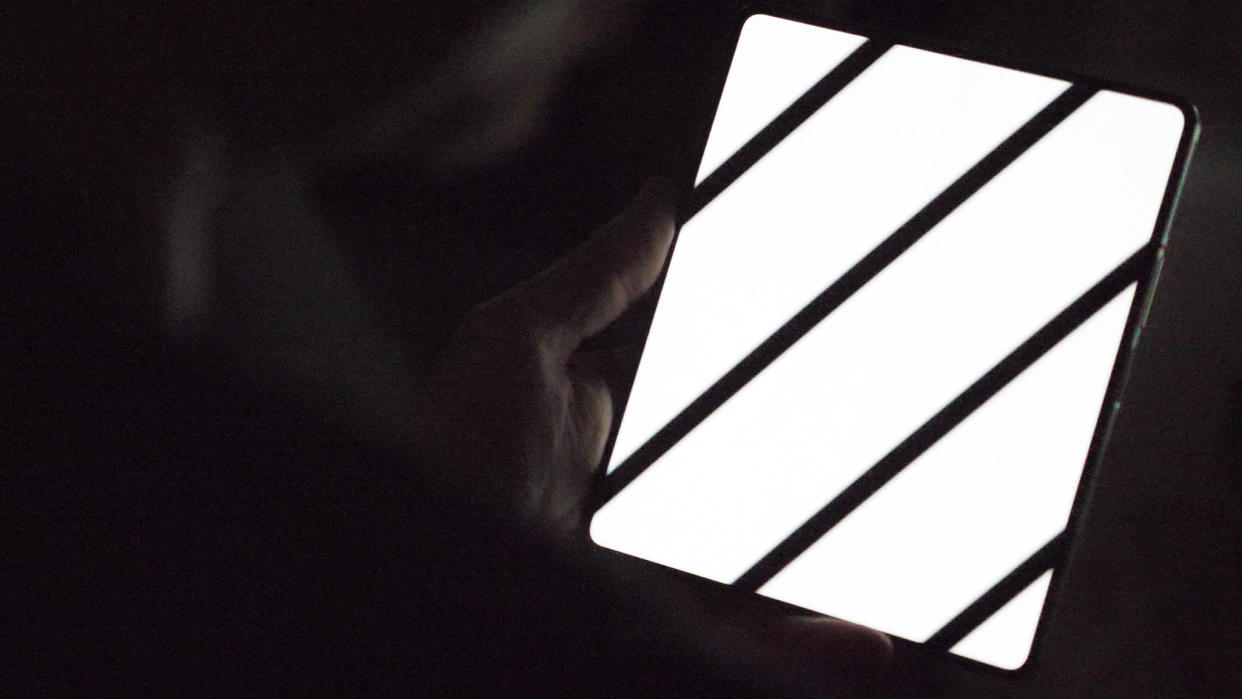Flickering phone displays are bothering more people than ever

Until about five months ago, I had no idea smartphone displays flickered the way they do. All I knew was, over a period of about nine months, it was becoming harder and harder to use my favorite phones for more than a few minutes at a time.
Last week, I published an article regaling my personal experience with the Samsung Galaxy Z Fold 5, Samsung's newest and best foldable phone. Unfortunately, while this is easily the best foldable Samsung has ever made, its display flickers so much that I can't use it without wearing special glasses made to refract light differently. This flickering is called pulse width modulation, or PWM.
Turns out, I'm not alone. Many of you have also been experiencing the same thing, as evidenced by the mountain of emails, comments, and messages I've received since publishing that article.
I'd like to share a few comments I've received since then — good and bad — but I won't be sharing names for privacy's sake. This is technically medical information, after all.
One reader said, "thanks for speaking for the rest of us when it comes to PWM sensitivity." They've been using iPhones for years but haven't been able to use any modern iPhone due to Apple's switch to OLED displays after the iPhone X. Repeated attempts to contact Apple about the problem have, apparently, been met with silence. It's a story you'll find on forums far and wide — Apple's official forums, as well.

"I'm glad you're bringing this issue attention. I'm very sensitive to PWM displays." said one reader, while many others have commented on the Reddit PWM Sensitive group with similar stories to my own.
I even had one email that sounded an awful lot like my own story. "My eyes, after looking at my fold 4 are uncomfortable and if for too long, they become blurry. Super blurry! It is horrible. I also have an astigmatism." My journey on this awful flicker-sensitive roller coaster also began with the Galaxy Z Fold 4, as well, and I later learned that one of my eyes has astigmatism.
One reader even said the story made them emotional, as this was the first time they'd read anything that 'had some sort of hope in it" related to flickering displays. If you spend enough time reading about this problem, you'll notice that more phones than ever use PWM dimming to regulate brightness control instead of actually reducing voltage to LED diodes the way many display and lighting technologies used to.
Someone else told me that they had been an iPhone user for a long time and recently switched to the Galaxy S23 Ultra, only to find that their eyes began hurting within a few seconds of usage of the phone. This is a common story with that phone — and all of Samsung's recent flagship phones — as well.
More and more new phones use PWM to control dimming, making it harder and harder for flicker-sensitive individuals to buy a new device.
Worse yet are the poor folks who don't have any way of using a phone that flickers to manage brightness. While my astigmatism-correcting glasses do seem to help — and several individuals told me this was also the case for them — a few people can't use any flickering displays or lights even with astigmatism correction.
One reader said they can only use incandescent or halogen bulbs because most LED bulbs flicker, as well. While that makes finding a new smartphone unbelievably difficult, some non-dimmable LED bulbs, like this Sylvania 4-pack on Amazon, don't flicker at all since they use DC dimming.

Speaking of DC dimming, one reader had an incredibly familiar story to share, with an unexpected twist at the end. "I proceeded to have a miserable day. Headaches. Nausea. The eerie sensation of falling INTO my screen." This person said they reduced their phone usage for a while and then tried using the phone normally again.
"Within an hour I couldn't even look at my phone. I was shocked. I had never heard of anyone having a similar experience until this week's podcast episode. I also have astigmatism, I never even knew that could be related with screen flickering being able to affect people."
The twist here is that this story isn't about a new phone. It's about the OnePlus 6, which, at one point in 2019, received a new DC Dimming option that could be used in place of PWM dimming. Whether this person's brain had just become accustomed to PWM dimming and couldn't handle the difference between it and the new mode is anyone's best guess, but it just goes to show that one size doesn't fit all in the world of human-machine interaction.
And that's why options are so important. Many of us are just asking for an alternative "flicker-reduction" option, not an entirely new type of display. Something will come along that's better than the current crop of technology and when it does, I hope it's much more eye-friendly.
Many of us are just asking for an alternative "flicker-reduction" option, not an entirely new type of display.
And then, of course, are the handful of snarky comments from fanboys who can't handle valid criticism of something they've attached their personal identity to. One very astute individual wrote in, saying, "Ever thought it might be your own eyes??? [I] Have [the] phone and [have] no issues with [the] display."
I'd like to direct you to an old saying that goes, "if a tree falls in the forest and no one's around to hear it, does it make a sound?" In other words, just because you don't experience this problem doesn't mean the problem doesn't exist.
Gotta love it.
Phone deals: Best Buy | Walmart | Samsung | Amazon | Verizon | AT&T
